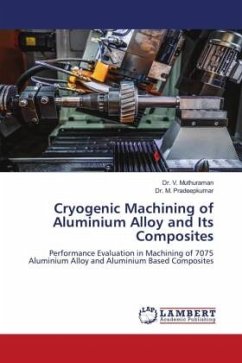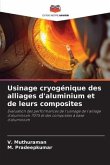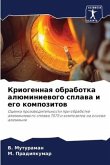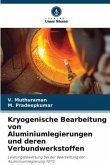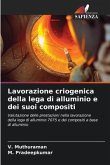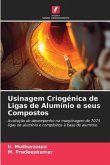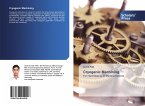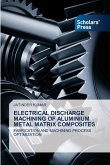A major problem in machining industry is increased temperature which affects quality and production cost. The increase in cutting temperature causes deviations in dimensions, surface integrity and cutting tool life. It also causes surface and sub-surface micro cracks, and rapid oxidation and corrosion. The usage of conventional coolants are not effective in reducing cutting temperature and tool wear. Further it has limitations in terms of pollution and increase in handling and disposal costs. In this context, cryogenic machining has become one of the alternative methods, to control the cutting temperature and tool wear. In this book, the cryogenic cooling system for machining was investigated. The turning experiments were carried out with three different workpieces such as 7075 Al alloy, LM13 and LM28 composites with uncoated Tungsten carbide inserts under wet and cryogenic LN2 machining environments.It can be concluded that machining with the cryogenic LN2 cooling has substantial benefit with respect to the cutting temperature, cutting forces, chip thickness and its morphology, surface roughness, and tool wear when compared with the wet machining.
Bitte wählen Sie Ihr Anliegen aus.
Rechnungen
Retourenschein anfordern
Bestellstatus
Storno

